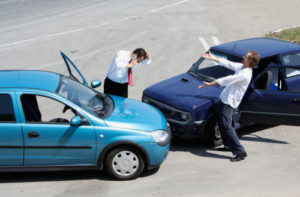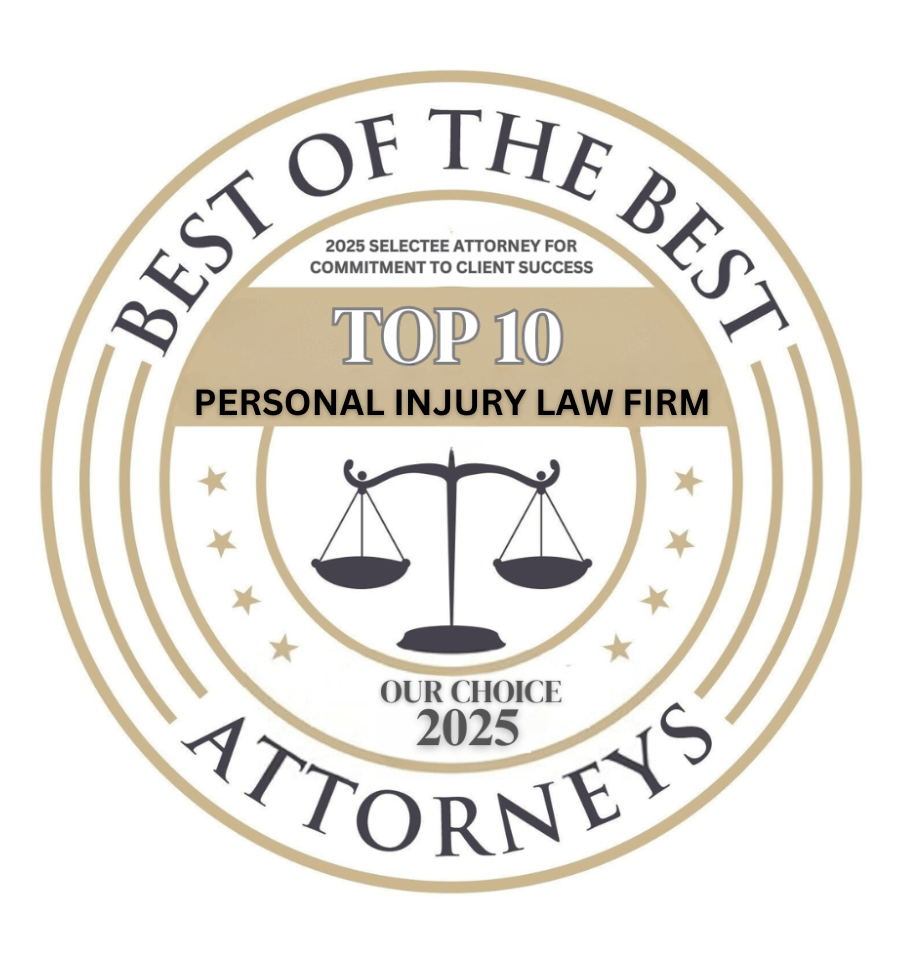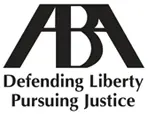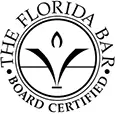3-Car Collisions: Who Pays?
After a three-car collision, you’re likely feeling stressed and overwhelmed. You’re probably wondering who is at fault and who will pay for the damages. A multi-car accident can be incredibly complex, with several parties potentially sharing liability. So, who pays? The key factors include the specifics of how the accident occurred, the extent of property damage and injuries sustained, and the insurance coverage held by each driver.
Navigating a three-car accident claim can be daunting, with multiple insurance companies involved and parties potentially disagreeing over fault. This is where the guidance of an experienced car accident lawyer can prove invaluable. An experienced car accident attorney can file a personal injury claim to help you recover the damages you suffered. Lawyers will handle the details. They can investigate the accident, gather evidence to identify the at-fault party, handle negotiations with insurers, and fight for the full compensation you deserve. You may recover for vehicle damage, medical expenses, lost income, and pain and suffering.
What Happens in a Multi-Car Collision?
According to the Bureau of Labor Statistics, about 13 car crashes happen each minute in the United States. Most of these accidents are either single-car crashes or involve two vehicles. However, a crash can involve more than two cars.
Much can happen after the initial impact between the first two cars. A car accident will lead to a deceleration or the loss of control in the path of one or more other vehicles. Large chain-reaction crashes on highways have involved more than 100 cars. More commonly, three cars wind up in these accidents, as the driver of another car does not have enough time to avoid the crash themselves. Read on to learn more about 3 car auto accidents from our car accident lawyers.
Table of Contents
A Safe Following Distance Is a Must to Prevent Crashes
In general, drivers must obey the posted speed limit and allow a safe following distance between them and the car in front of them. You never know when there is a hazard on the road that a front driver must brake to avoid. If a driver follows too closely to the car in front of them, they might not have time to stop themselves to avoid an accident.
There is even more reason to allow for a safe following distance in areas with unpredictable weather. Drivers need extra room to come to a complete stop in the rain, sleet, ice, or snow. One driver might brake more often in adverse weather, and the rear driver might need a longer stopping distance to avoid sliding.
Common Injuries in a Three-Car Accident
Three-car accidents will usually have similar injuries to rear-end crashes.
Here are some common injuries in three-car crashes:
- Head and neck injuries
- Broken bones
- Contusions
- Internal injuries
- Spinal cord injuries
- Traumatic brain injuries
In a three-car crash, the danger is that two drivers may have a head-on impact, which is the most serious type of car crash. The third driver may not have a chance to slow down because the crash happens suddenly in front of them, with little chance to react. The rear driver has a split second to avoid the crash. Even if they suddenly change lanes, they may cause another crash if the lane is not clear.
In addition, there may be two drivers with whiplash injuries. When a car gets rear-ended, the front driver’s head may snap forward while their body remains stationary. Whiplash can cause serious and lasting head and neck injuries. Many drivers who suffer whiplash will never fully recover.
Causes of Multi-Car Accidents
 Besides tailgating, here are other causes of multi-car accidents:
Besides tailgating, here are other causes of multi-car accidents:
- Speeding
- Distracted driving, when a driver does not see a car stopped or traveling slowly in front of them
- Failure to slow down entering a work zone
- Improper lane changes when a driver cuts off a driver behind them
- Failure to use a turn signal when changing lanes
- Brakes that do not properly work (although these lawsuits will be product liability cases that are not subject to the rules outlined in this post)
Each driver will face the possibility of costly damage to their car and serious personal injuries. They may each want financial compensation for their injuries. The legal rule in a three-car accident is the same as the one used in any other crash – the driver who acted unreasonably under the circumstances needs to pay for damages suffered by the other drivers. However, liability is not always apparent at first.
A three-car accident presents additional legal challenges when it comes to determining responsibility for the crash.
The Different Types of Multi-Car Accidents
Three-car accidents happen when:
- A rear car hits a car traveling in front of it, which then hits the car in front of it because of the impact.
- A car rear-ends the car in front of it, and the car behind it cannot stop in time to avoid the accident.
- A car loses control and causes multiple cars behind it to crash into each other.
The Legal Principles that Determine Liability in a Three-Car Accident
The same legal principles that apply to three-car accidents apply to multi-car accidents. The insurance companies will need to confer to determine who was liable. Who is liable depends on what happened in the crash.
For example:
- If the crash happened because a third car struck a second car, which then struck the front car, it is the third driver that first made contact, and they should be responsible for the damage to the other two drivers.
- If the crash happened because a second car struck the first car, and then a third car became involved in the crash, the second car will likely be responsible for the damages (although the insurance companies may try to pin a large part of the blame on the third car, even though there was little that they could do to avoid the accident).
- If multiple cars were involved in a crash because another motorist was driving recklessly, the reckless driver should have to pay.
- If a pileup crash happened because one driver stopped short, that driver should be legally responsible for all the damages. This can be very difficult to prove because the presumption is that the car that strikes a vehicle in front of it is the one who is responsible for the accident. A driver will need convincing witness testimony to rebut this presumption.
In a multi-car collision, the last car is not always at fault. However, you need to tell your side of the story because the stakes are high. It can take some effort for the insurance company to untangle what happened. Each insurance company wants to avoid liability because they might need to pay multiple drivers.
Sometimes, there may be multiple parties that share the blame. In a chain-reaction crash, the usual rule of the rear car being to blame for the accident may not always strictly apply. Multiple cars have made an impact with the car in front of them.
How to Prove What Happened in a Multi-Car Crash
Now, you can get a sense of the complexities involved in a three-car accident. The insurance companies or the jury have their work cut out for them, and an insurance company has its financial motivations. Each of the drivers may be telling a different story after the crash. Never underestimate someone’s ability to do whatever they need to protect themselves from liability. In other words, drivers can flat-out lie because they know that money is on the line. You need something extra to back up your side of the story. Your lawyer can help you gather car accident evidence to prove your case. This way, you have something more than just your word.
Here are some sources of car accident evidence that your lawyer can use to help prove your case in a three-car accident:
- Witness testimony from people who saw the crash
- Pictures of the scene of the accident
- The police report (this is very helpful because it records the officer’s observations of what they saw at the scene, but it is also hearsay and inadmissible at trial)
- Testimony from an accident reconstruction expert
- Dashcam or traffic camera footage
Witness Testimony Can Help You
Of these pieces of evidence, testimony from an objective third party who does not have a financial interest in the case can be the most persuasive. It is essential to hire an attorney as soon as possible because you may lose the ability to find witnesses the more time passes after the accident. Even if the witnesses’ contact information is on the accident report, their recollections will fade over time. The insurance companies may speak with witnesses when they start determining liability.
You have a limited amount of time to gather necessary car accident evidence. You may miss out on financial compensation altogether if you miss your window.
Always Speak to a Lawyer, and Do Not Take Anything for Granted

When the front car has stopped in front of you, it can be very difficult to prove your case. The usual rule that the rear car is liable might come into play here, and insurance companies might automatically blame you for the collision. You will have the burden of proof to show that the front car driver was to blame for your accident, which can be challenging.
However, you should not assume anything in a multi-car accident case. You should always reach out to an attorney who can assess what happened and who should be liable. You might quickly learn that they can help you rebut the presumption that you were to blame for the accident.
It does not cost you anything to consult with a lawyer. If the attorney accepts your case, you do not need to pay them anything unless you win. You can be legally vulnerable in a multi-car accident case without a lawyer.
You Do Not Have to Accept the Insurance Company’s Conclusion
Insurance companies can split liability for the crash. When the second car strikes the lead car, and a third car is involved in the crash, the insurance company may try to place some of the blame on the third car’s driver, claiming that they should have avoided the accident. Similarly, the insurance companies may partially blame the first car if they conclude that the front car cut off or stopped short in front of another driver.
You do not have to live with what the insurance companies determine after the crash. Your legal rights depend on the facts and the law, and insurance companies cannot circumvent or short-circuit them. Ultimately, a jury will decide who was responsible if the insurance company never made a satisfying offer or accepted liability.
Your lawyer can advise you whether a lawsuit is necessary to stand up for your legal rights. Insurance companies can be wrong, especially when they are acting in their own financial self-interest.
What to Do After a 3-Car Accident
As with all motor vehicle accidents, the first thing that you should do, if you are able, is to move your car to a safe place. This is to avoid putting other drivers at risk by leaving disabled vehicles in the roadway. Attend to your injuries and check on your passengers and the passengers in the other vehicles.
If you can safely move around the scene of the accident, you should also:
- Talk to eyewitnesses and take down their contact information.
- Scan the surrounding buildings for CCTV cameras and note if you see any.
- Take photographs of the scene and the damage to each vehicle.
Once you have received the necessary medical treatments, call your insurance company to report the accident.
Always Hire a Car Accident Attorney After a Car Crash
You should always hire an attorney to tell your side of the story after you have been in a three-car accident. If three cars are involved in the accident, and each of the other drivers has an attorney, you may get the short end of the stick if you are representing yourself. You will need legal representation early in the process to help protect your legal rights.
If, after hiring a lawyer, you are unsatisfied with the results of the claims process, you can take your case to court. You do not need to go through the claims process before filing a lawsuit. However, most accident victims try to file an insurance claim first because it is the quickest way to get the money they deserve.
Several People May Try to Collect From the Same Insurance Policy
Another challenge you may face is that two or more people may file claims against the same auto insurance policy. Coverage limits do not apply to individual claims. Instead, they apply on a per-accident basis. For example, if the coverage maximum for bodily injury was $300,000, and each injured driver suffered $200,000 of damages, they may not receive full compensation from the insurance company.
Your lawyer will help you determine the best course of action. Another party may share liability with the driver. For example, if the driver was working when they caused the three-car accident, you might hold their employer vicariously liable for the driver’s actions. Then, all injured victims can also file claims against the employer’s insurance. This can help because corporate policies often have much higher limits than consumer auto policies.
Always Consult with a Car Accident Lawyer
No matter the scenario of your three-car crash, you want a skilled car accident attorney on your side from the start. Contact Boohoff Law for a free case evaluation today.
Free Consultation
We Are Here For You 24/7
Reviews
– Elissa M.
“Really pleased with Boohoff Law! Received immediate responses when I had any questions. Treated amazingly by all staff … made this process a true breeze!”
– Caitlyn M.
– Brandy K.
Related Posts
How Can Dashcam or GoPro Footage Help My Motorcycle Accident Case?
What Happens if the Trucking Company Claims I Was in the Blind Spot?
Wrecked by a Semi in a Pile-Up? How To File a Claim if You Were Injured in a Multi-Vehicle Truck Crash
Recovery is personal.
We’re here for you.
We’re close by. And if you can’t make it to us, we’ll meet you where you need us, at home or in the hospital.
You're better off with Boohoff.











The information on this website is for general information purposes only. Nothing on this site should be taken as legal advice for any individual case or situation. This information is not intended to create, and receipt or viewing does not constitute, an attorney-client relationship.
available 24/7
(877) 999-9999
